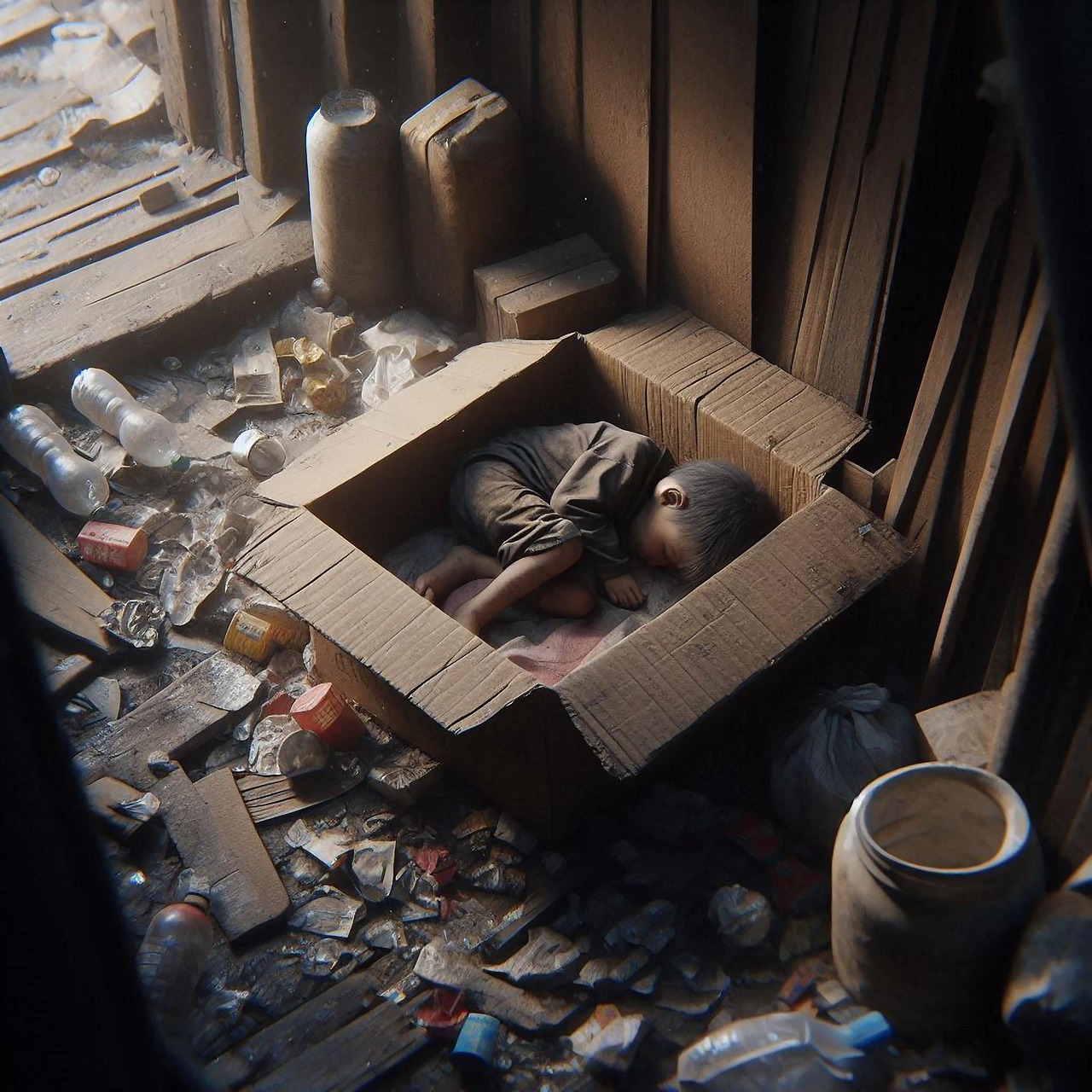#634 - Homeless Youth

Did you know that a safe home can ease fear and boost health in young people? To what extent does homelessness, impact youth with early trauma (like physical, sexual, and emotional abuse or neglect or experiencing domestic violence, a parent’s mental illness or drug abuse)?
Child Behavioral Scientists analyzed data from 119, 000 8th to 11th graders, examining past-year housing status, overall health conditions, and early trauma called Adverse Childhood Experiences, known as ACEs.
Results? The less housing, the higher number of ACEs: 34% of housed youth, had at least one ACE, and 56% of Youth in Homeless Families and 86% of Homeless youth, without families, had ACEs. Health was similar: the more ACEs, the poorer their health. Both homelessness and ACEs were linked to poor overall health and chronic conditions. Compared to housed youth, both family-homeless and unaccompanied-homeless youth were more likely to have poor overall health and chronic physical or mental health issues.
The takeaway? Stable housing is more than just shelter—it’s a critical factor in adolescent health. Every additional adversity raises the risk, but ensuring safe, stable housing could be the key to breaking the cycle. To improve health outcomes, let’s start funding housing as essential healthcare.
Did you know that a safe home can ease fear and boost health in young people? To what extent does homelessness, impact youth with early trauma (like physical, sexual, and emotional abuse or neglect or experiencing domestic violence, a parent’s mental illness or drug abuse)? Child Behavioral Scientists analyzed data from 119, 000 8th to 11th graders, examining past-year housing status, overall health conditions, and early trauma called Adverse Childhood Experiences, known as ACEs. Results? The less housing, the higher number of ACEs: 34% of housed youth, had at least one ACE, and 56% of Youth in Homeless Families and 86% of Homeless youth, without families, had ACEs. Health was similar: the more ACEs, the poorer their health. Both homelessness and ACEs were linked to poor overall health and chronic conditions. Compared to housed youth, both family-homeless and unaccompanied-homeless youth were more likely to have poor overall health and chronic physical or mental health issues. The takeaway? Stable housing is more than just shelter—it’s a critical factor in adolescent health. Every additional adversity raises the risk, but ensuring safe, stable housing could be the key to breaking the cycle. To improve health outcomes, let’s start funding housing as essential healthcare.Written by Kristin M. Harris, Ph.D.

 Give to Florida Tech
Give to Florida Tech 